Art Deco – Decorative art style of the 1920's and 1930's, characterised by bold lines, strong colours and geometric shapes
(Pronounced ahrt dek-oh)
Note: Art Deco has precise and boldly delineated geometric shapes and strong colours, used most notably in household objects and in architecture.
To remember what Art Deco is, recall the following mnemonic:
She specialised in art decoration (Art Deco) with bold lines and strong colours.
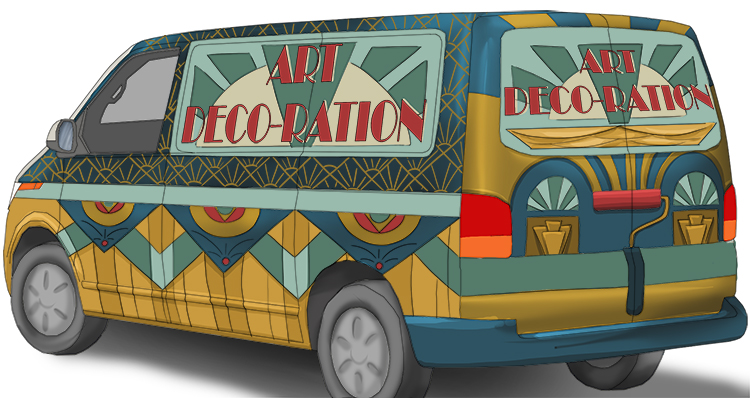
The Art Deco style can be seen throughout almost all forms of art, from paintings and sculptures, interior and product design, through to marketing and architecture like the two examples below.
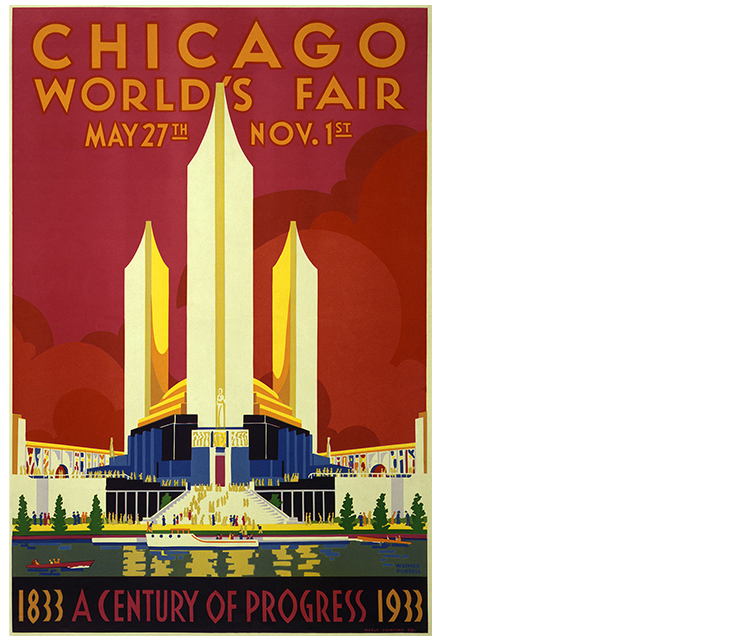
Poster for Century of Progress World's Fair, 1933
One of the classic art deco posters created by Weimer Purcell for the Chicago Worlds Fair featuring the three fluted towers of the federal building and the hall of States. Using art deco in this poster was supposed to show an optimistic future.
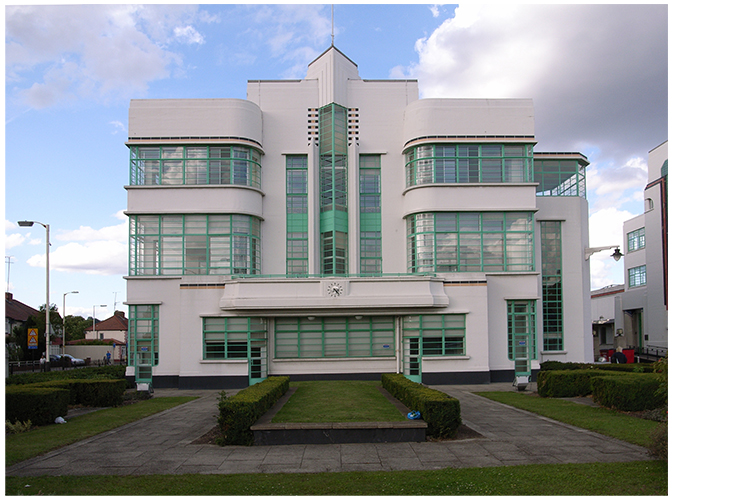
The Hoover Building, London; Wallis, Gilbert and Partners, 1938
The Hoover Building is of art deco architecture designed by Wallis, Gilbert and Partners. Thomas Wallis said "a little money spent in the incorporation of some form of decoration, especially colour, is not money wasted". It was built as part of a "modern palace of industry". This was the canteen. Art deco gave the building a sense of future and modern.
Art Deco Project
Name plaque
For this project, we will create an Art Deco inspired name plaque for a door or wall. We will draw inspiration from the black, gold and silver colour scheme common in a lot of Art Deco artwork. The style's recognisable use of straight lines and pattern will also be used. You will need black card (or for a more permanent option, a wooden plaque painted black), an HB and a white pencil, a ruler, gold and silver paint markers.
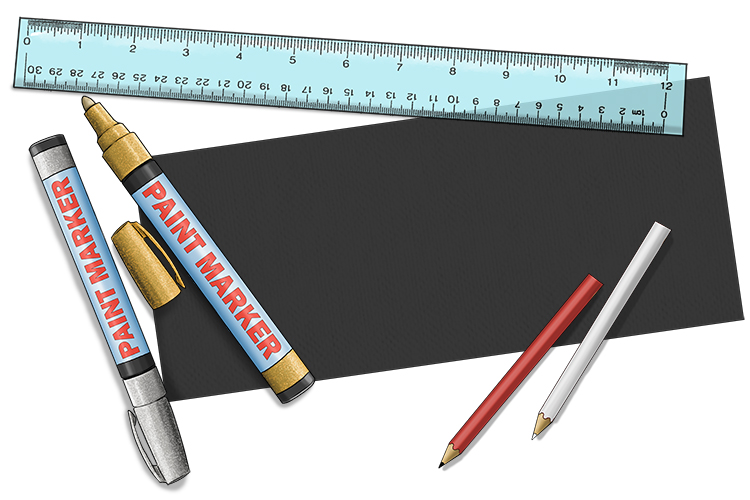
To begin, cut your card to the size you wish your door plaque to be. Ensure it's large enough for your name to be written in the centre and Art Deco elements to be added around the outer edge.
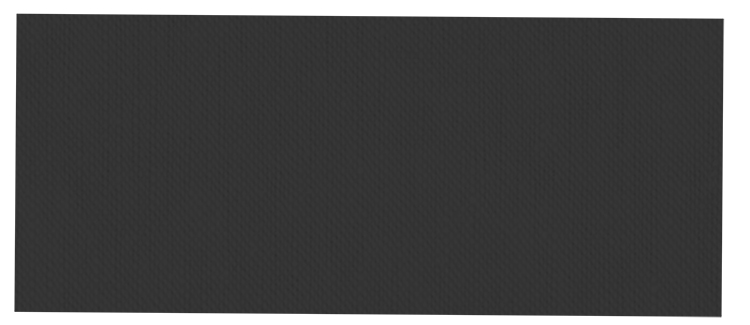
On a computer, type your name and choose an art-deco inspired typeface (on Microsoft and Adobe programmes, 'Broadway' is an art deco font). Type the word Mammoth numerous times in a range of different sizes, print it, cut them out, and see which fits your plaque best.
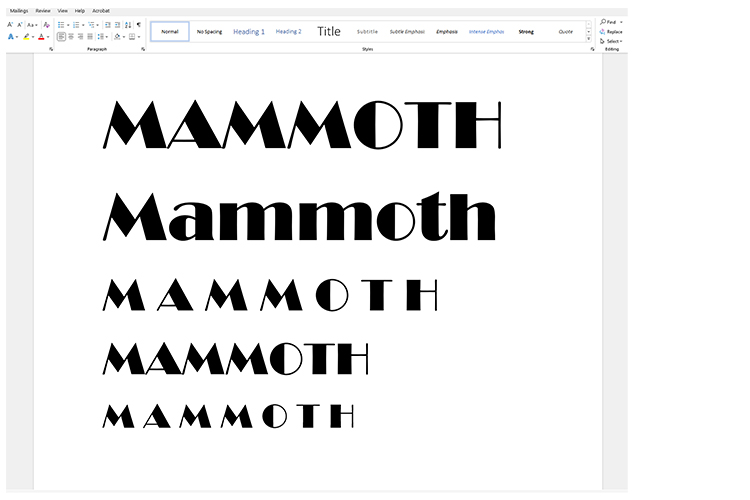
Once you have selected the size you want to use, shade the back of the paper with a pencil, then place it pencil-side-down onto your plaque. Draw over the text in a pen or sharp pencil. When the paper is removed, you will see the text has been transferred onto the card. If you want it to be a little more visible, you could always draw over it with your white pencil.
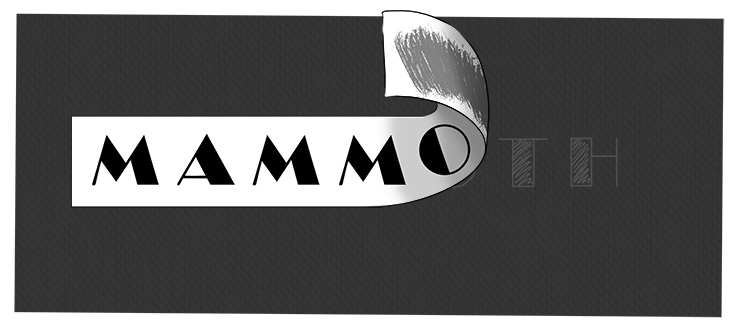
On a separate piece of paper, practice drawing some Art Deco inspired border designs. Play around with line and shape. Features such as squared corners, fans, arches and overlapping lines are all effective.
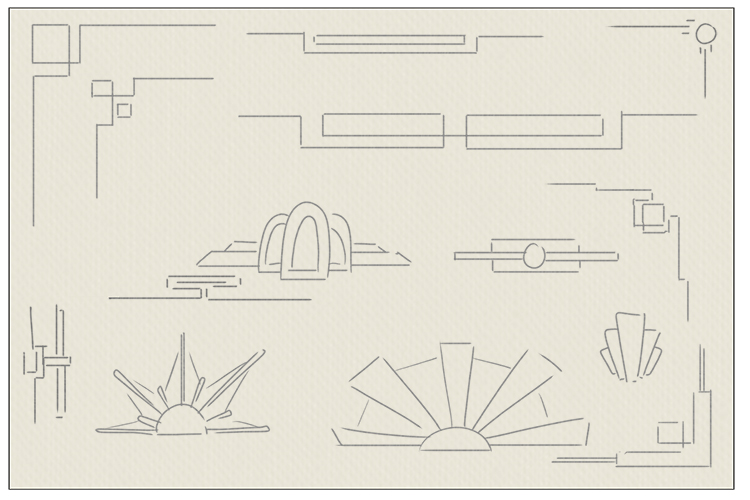
Draw your best border designs, onto the black card with your white pencil. Use a ruler to ensure your lines are straight and you achieve a professional finish.
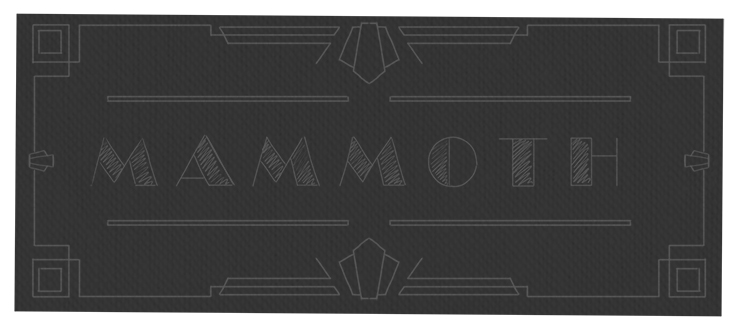
Use gold, silver or a combination of both paint markers to draw over your design. Again, using your ruler will make this neater. Once dry, your door plaque is complete.

Art Deco




